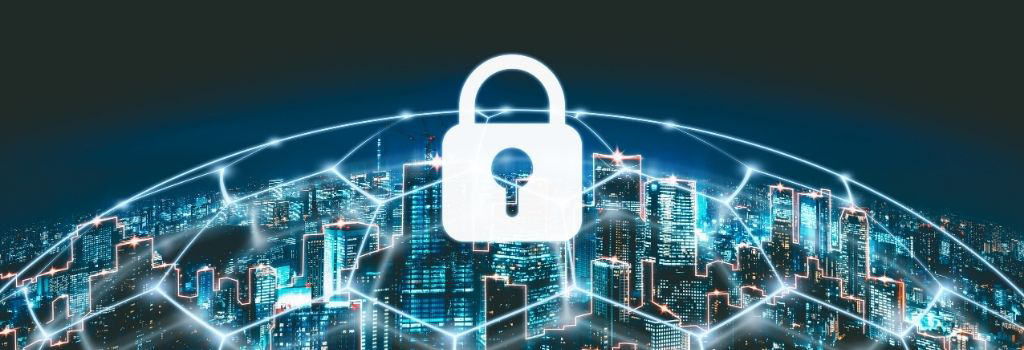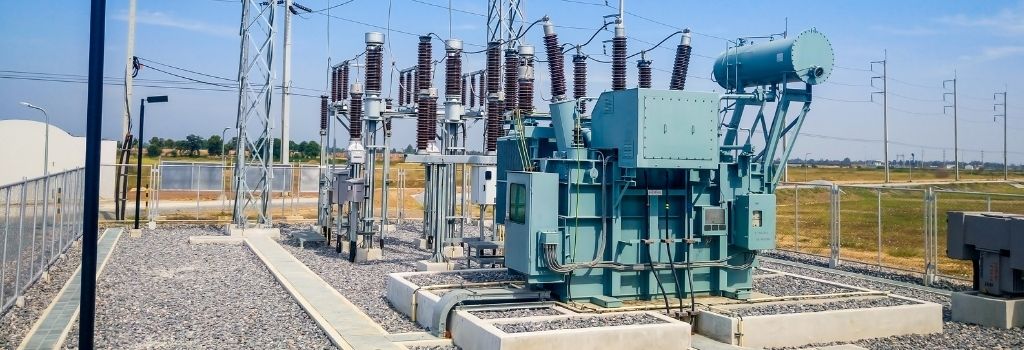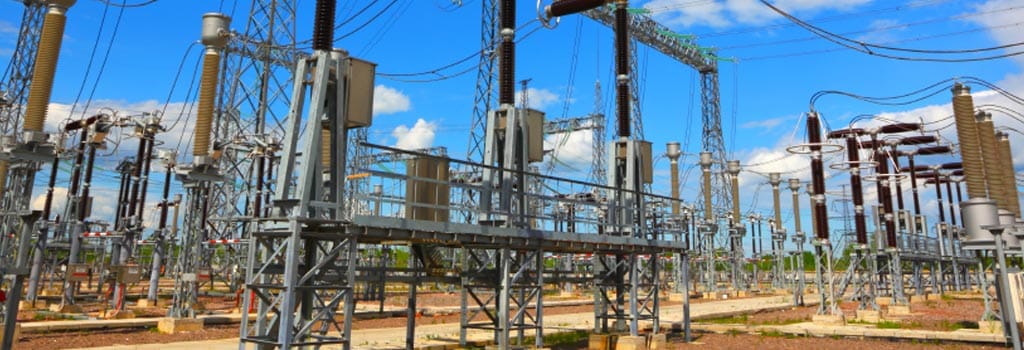Power and Energy
Previously, OT (Operational Technology) and IT (Information Technology) though related were separate environments where OT industrial automation and control systems and IT enterprise digital networks were not connected. With the advent of IoT, it has become an agent for the integration of OT and IT.
더 읽기: IEC-61850-certified Rugged Appliance Strengthens Critical Infrastructure OT/ICS Cybersecurity
As we evolve into the era of 5G, the benefits 5G deployment are inevitably on the tops of everyone’s mind. But one often overlooked topic that should not be ignored as we look into this exciting future is the role of cybersecurity. This is especially true for critical infrastructures, such as electricity generation. With grid modernization picking up speed around the world, utility service providers need to also bear in mind the evolving cybersecurity threats that come with modernization, and many already are. However, a significant challenge during the modernization of cybersecurity capabilities is identifying and utilizing IT technologies that can work in harmony with operational technologies. Modernization and interconnection are crucial to having robust security without compromising their services, which typically rely on assets not designed with 5G and modern technologies in mind.
더 읽기: Protecting Smart Grids and Critical Infrastructure with Industrial Firewalls
Like most people in the developed world, you probably take access to clean water for granted. Whether in the bathroom flushing the toilet, in the kitchen washing vegetables, or outside watering your lawn, clean water is always just a faucet away. What's more, people also take for granted a clean living environment free from human waste and the nasty diseases that come with it. Unless you have watched a documentary film about wastewater treatment, you've likely had never given it a second thought on where your waste goes and where your clean water comes from. The fact of the matter is that wastewater treatment is a comprehensive and time-consuming process that requires constant vigilance and a vast network of pipes. Given its complexity, even the tiniest malfunctions, such as a leaky pipe, can cause massive disruptions to the entire process and negatively affect customers and the environment. Luckily, in the twenty-first century, we benefit from technology to help us manage the complexities of wastewater treatment and water distribution; among them are computer-based remote monitoring solutions.
Over the past few years, the manufacturing sector has undergone a revolutionary change by implementing the concept of “connected and interconnected devices” to improve productivity and cost-effectiveness. With IIoT (Industrial Internet of Things) from conceptualization to now a reality, the manufacturing sector has witnessed an explosion of data generated on a daily basis. In fact, this unprecedented growth in data seems to have a continual increase due to AIoT (AI + IoT) technologies like Machine Learning, Machine-to-Machine networks, high-performance automation and robotic equipment, which all generate the mass volume of data.
더 읽기: Rugged Edge Gateways Simplify Data Acquisition and Delivery for Distributed Manufacturing...
Nowadays most companies in the industrial sector have established a highly connected production infrastructure, in which production-related devices and equipments such as PLCs are interconnected to enhance productivity and cost-efficiency. This unprecedented connectedness is now referred as Industrial IoT (Internet of Things) and many enterprises in manufacturing, healthcare and utility generation have taken advantage of this technology. However, when mission-critical devices are connected to the Internet, this exposes vulnerability for potential intrusions. In fact, according to recent research, over 80% of the surveyed companies have realized the expenses for being hacked, and many of them had even experienced various types of cyber-threats.
더 읽기: Rugged Security Gateway Enables Asset Visibility and IIoT Security Architecture
In recent years, utility plant owners have been investigating opportunities and strategies to bring intelligence into substations to enable smart grid paradigm. In a typical digitalized substation, it is obvious to see robust embedded computing gateways with high-performance compute, networking and storage have been integrated to enable control and monitoring of substations. Intelligent HMIs (human-machine interfaces) terminals and protocol-authenticating servers are used to enable communications. All these have contributed to the increasing complexity and footprint of SCADA management in substations.
더 읽기: Accelerating Virtualization of Digitalized Substation Gateways
The introduction of smart grid has revolutionized the conventional approaches of electrical grids in supplying and distributing electricity. Smart grid offers enhanced data communication and automation for power grid so that data regarding power generation and distribution can be collected and analyzed in a near real-time synchronization. Besides the technological benefits, smart grid offers the visibility of all the integrated subsystems and provides predictive information to the control center. The convergence helps critical infrastructure owner to save operating and capital expense.
더 읽기: High Availability Rugged Platform for Substation Automation












